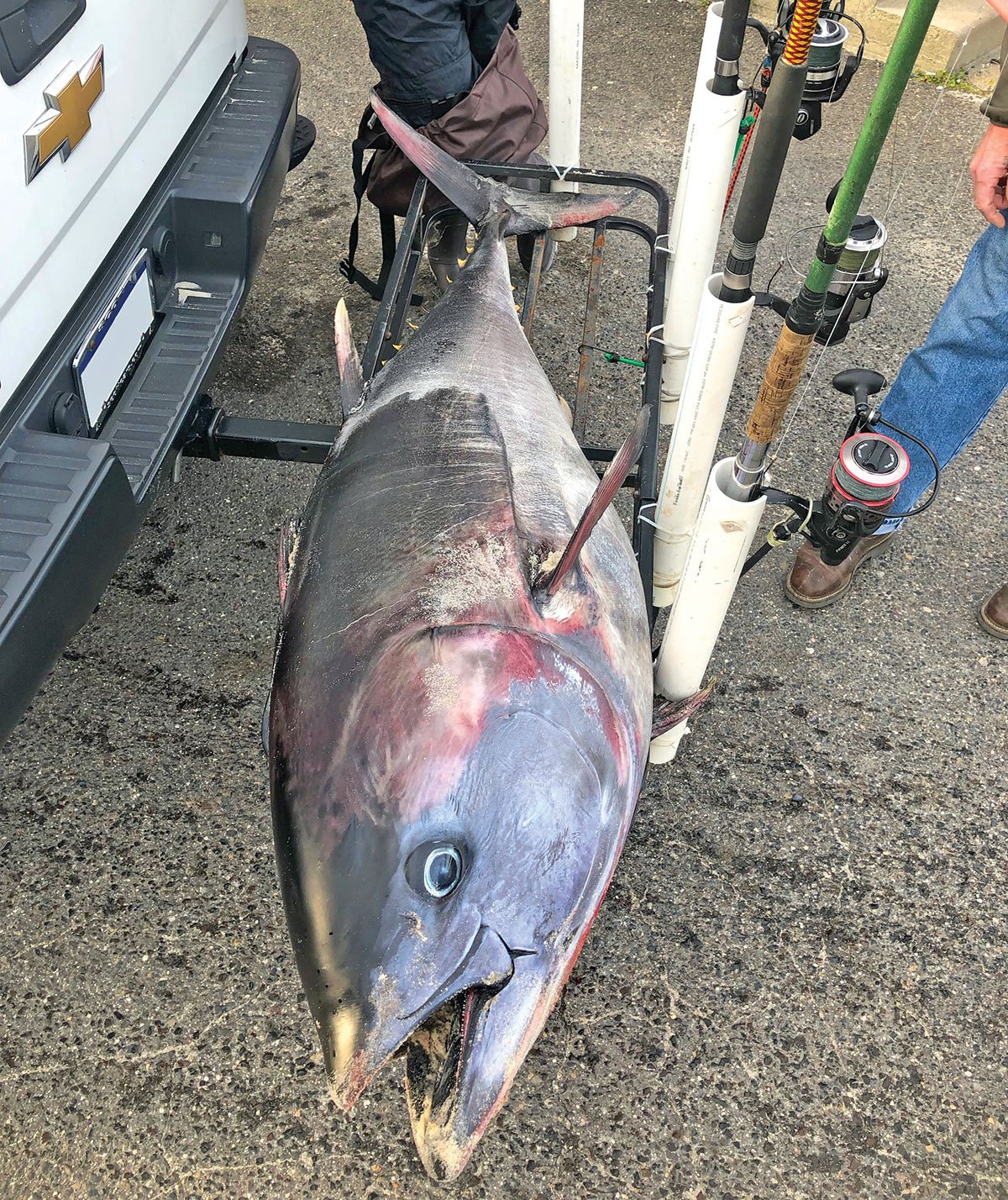
Representatives from around the globe recently finished up the 21st Special Meeting of the International Commission for the Conservation of Atlantic Tunas (ICCAT) in Dubrovnik, Croatia. An international treaty organization, ICCAT is responsible for conservation and management of Atlantic tuna and tuna-like pelagics (tuna, marlin, sharks, swordfish, etc.).
A major discussion point during the November 12-19 meetings was the overharvest of the current 65,000-ton international cap of bigeye by as much as 20 thousand tons. “The situation can only get worse if harvests continue to exceed the catch limits that are adopted by ICCAT,” said John Henderschedt, Director at the Office of International Affairs and Seafood Inspection at the National Marine Fisheries Service (NMFS).
As Federal Commissioner to ICCAT, Henderschedt leads the U.S. delegation overseas; a rather tough position of negotiating the best interests of U.S. fishermen. “The fact that the quota is being exceeded is really a reflection of the fact that there are inadequate measures in place to ensure that nations collectively do not exceed that quota,” said Henderschedt. “The U.S. does not see its fisheries, (or) its catches, as being in any way responsible for the condition of the bigeye stock at this point.”
In explaining how the combined U.S. commercial and recreational catch of bigeye is less than a thousand tons, Henderschedt said the U.S. position heading into the meeting was that it opposed to any reduction in our own national quota for 2019. “The U.S. is not interested, in any way, in going into the annual meeting from a position of, or anticipating, a loss of quota when our fishers are not responsible for the overages, and certainly not responsible for the fact that the stock is overfished at this point,” Henderschedt said prior the meeting.
“That said, we ultimately have to ensure that ICCAT adopts measures that have significant conservation impact,” he added. ICCAT is comprised of 52 contracting parties, including the United States, which sends a delegation that represents the combined interests of both commercial and recreational fishermen. “The United States obviously has very significant interests in the shared highly migratory fish stocks that ICCAT manages,” said Henderschedt, while adding “commercial fishing and recreational fishing for these species contributes substantially to the U.S. coastal economies.”
ICCAT members attempt to adopt measures and make decisions based on consensus amongst those 52 seats at the table, which can be a challenge given that recreational fishing has very little representation from other nations. Whatever decisions are ultimately made at ICCAT, NMFS is ultimately responsible for implementing the regulatory measures to match within U.S. federal waters for both the commercial and recreational fishing sectors, which share in the overall quota.
“There is always some level of negotiation in order to get 52 nations to agreement, in this case on a very challenging set of circumstances,” Henderschedt said.
In the coming weeks, The Fisherman.com will have more information posted as we get updates from our recreational commissioners, Ray Bogan and Michael Pierdinock, who both made the trip to Croatia to represent U.S. interests. As for the ever-popular ICCAT debate topic, bluefin tuna, commissioners were also slated to address a newly discovered 2,500-ton illegal trade in Mediterranean bluefin tuna. Here on the Western Atlantic side however, there’s still time to get in on a Jersey Shore bluefin bite.
As The Fisherman subscribers saw in our November 15, 2018 weekly edition, folks like Capt. Jim Freda of Shore Catch Guide Service (Offshore: Topwater Winter Bluefin) will be running anywhere from 3 to 15 miles offshore in December on the hunt for 50- to 250-pound bluefin tuna as they make their way south to their spawning grounds in the Gulf of Mexico, feeding on sand eels, squid, herring, and bunker along the way.
“If the bluefin show word quickly spreads and the hunt is on with specialized topwater gear,” Capt. Freda wrote in his weekly feature, explaining how December bluefin are more difficult to catch, as if you’re “chasing ghosts” that may pop up sporadically, often sounding when boats get too close.
“One of the keys to success when playing this ghost catching game is to understand and note your bird action,” Capt. Freda noted, advising run and gun anglers armed with tuna-ready spinning outfits to keep an eye out for gulls, shearwaters, and Wilson storm petrels that may be hovering over bluefin. “If you look closely under the birds you will see the tuna surfacing, boiling, or breezing just below the surface,” he said, adding “Once the tuna are spotted it’s the throttle man that is hugely responsible for the success that you will have.”
The key according to Freda is casting poppers and stickbaits in front of the moving tuna, pulling artificials away from them so that it mimics natural flight reaction of baitfish being hunted.



